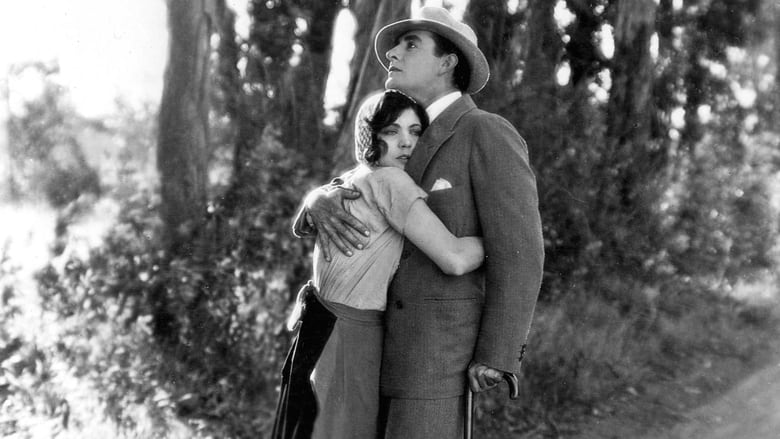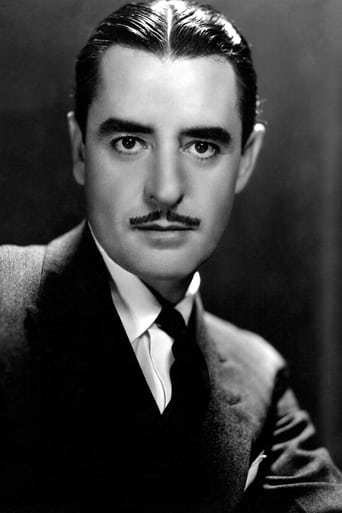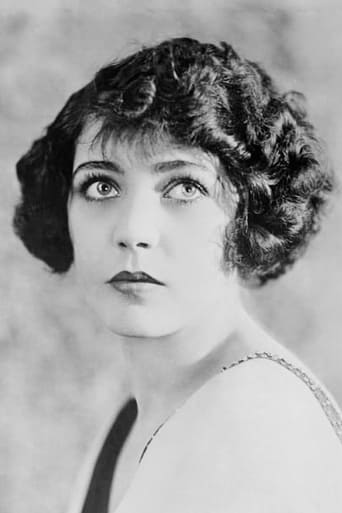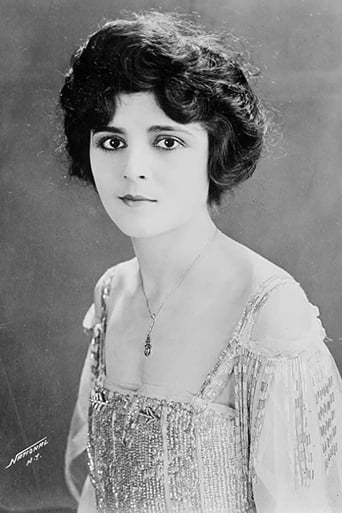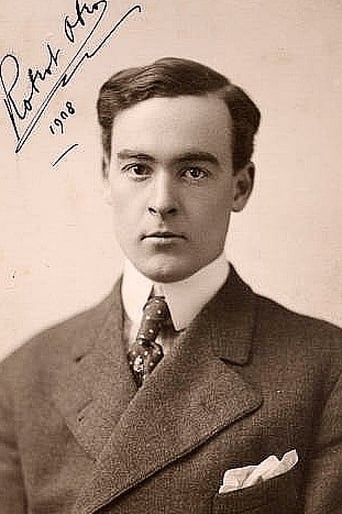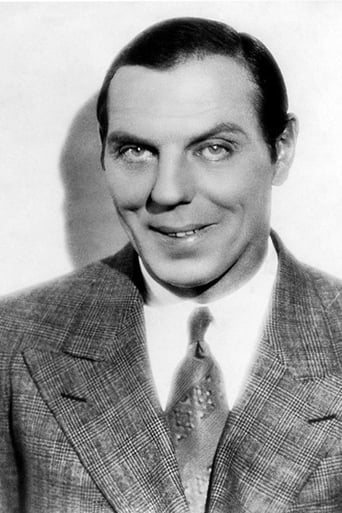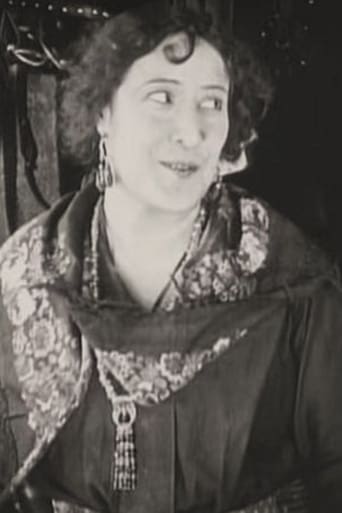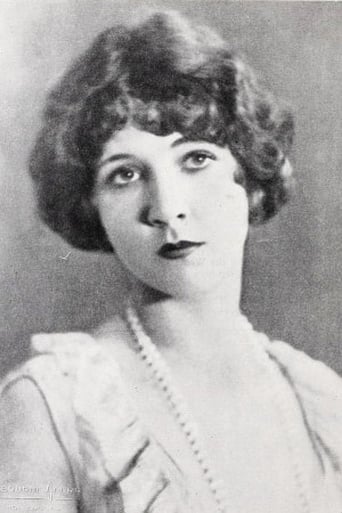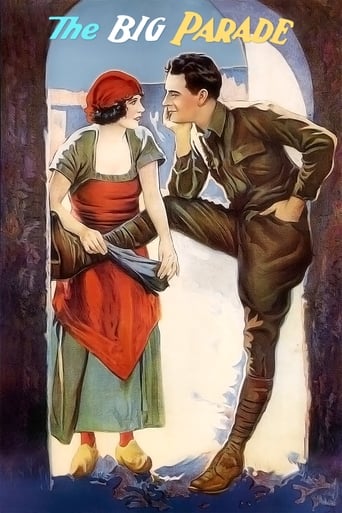
The Big Parade
November. 05,1925 NRThe story of an idle rich boy who joins the US Army's Rainbow Division and is sent to France to fight in World War I, becomes friends with two working class men, experiences the horrors of trench warfare, and finds love with a French girl.
Similar titles
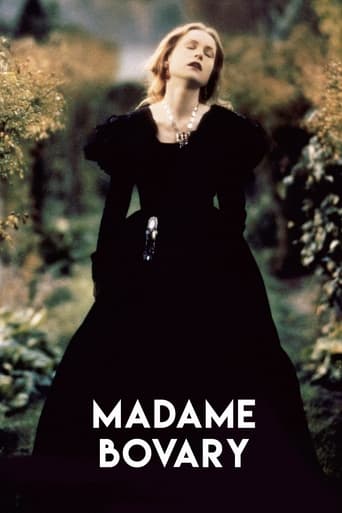
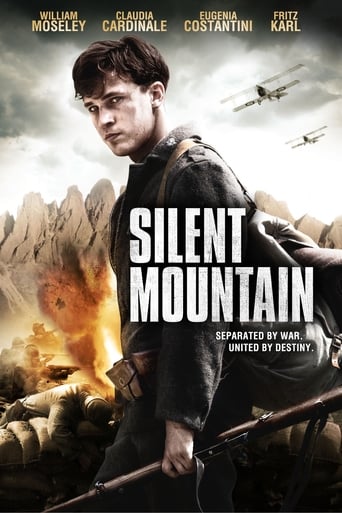
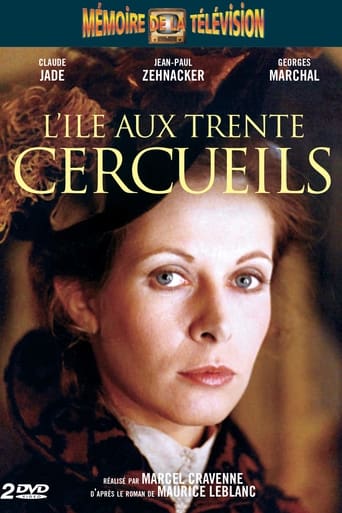
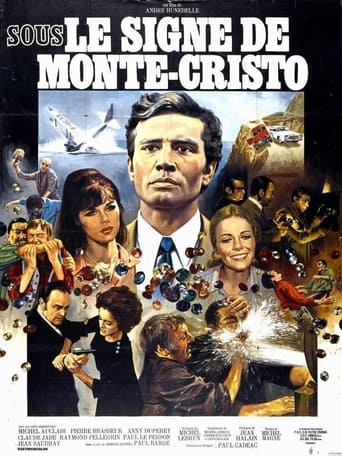
Reviews
One of the worst movies I've ever seen
Load of rubbish!!
Good concept, poorly executed.
This is a small, humorous movie in some ways, but it has a huge heart. What a nice experience.
"You'll look gorgeous in an officer's uniform. I'll love you even more then." Justyn Reed (Claire Adams) to Jim Apperson (John Gilbert)For me, this is one of the most significant lines in this very, very "big" movie. Contrast these silly and superficial words against Justyn's disgusted reaction to the sight of a seriously disabled Jim when he returns from the war. This contrast from the beginning to the end of the movie summarizes its very serious and somber message about the unrealistic glorification of war as it compares with the very real experience of those who are called upon to do the actual fighting. As Jim endures the horrors of battle, Justyn doesn't even wait for his return before she takes a passionate interest in his own, nerdy brother, of all people.More than any other silent director, King Vidor's exceptional work in both this picture and "The Crowd" succeeded to awaken my appreciation to the very special beauty and value of the silent film. I can't say that all silent films are of this caliber, but, after so many years and so many technological advances in the movie business, they both maintain their viewing appeal and their relevance to our lives.The battle scenes rank among the most impressive portrayals of combat that I have witnessed on film and are the successful results of painstaking efforts not only by director Vidor but of the uncredited MGM production manager, Irving Thalberg. While they are not as graphic as such modern films as "Saving Private Ryan", they nevertheless strongly convey the nearly impossible challenges of serving on the front lines of physical conflict. Beyond these striking battle scenes, so far ahead of their time, I was very moved by the scene of Jim with his parents, played by Claire McDowell and Hobart Bosworth. I don't believe that this scene would have been as potent without the outstanding directing ability of Vidor. Also, the image of Mrs. Apperson standing at the front door as her son departs for war in a faraway land depicts the pain and torment of all mothers in this dreaded predicament as well as any that I have ever seen, and it will linger in my mind for a very long time.Although the first 75 minutes could have been shortened, I believe that the director wanted to develop the human characters of the three central soldiers as fully as he possibly could, and the result is that the viewer even more strongly empathizes with them and their excruciating circumstances on the battlefield. The growth and transition of Jim Apperson's character during the course of the film is a remarkable achievement by both Vidor, the director, and Gilbert, the actor. The performance of Renee Adoree as Melisande is delightful, and I regret that her film career was so tragically cut short as the result of her fatal illness at age 35. While some reviewers disliked Karl Dane's performance as Slim, I found him to be a very likable personification of Disney's Goofy who is suddenly placed in the midst of a major war, facing it with admirable, almost inhuman, bravery and fearlessness. Slim, even as a humanized Goofy, is the one you want with you in a foxhole. He is man's fearless, loyal, and best friend.The 1988 musical score of Carl Davis contributes significantly to the emotional impact, successfully communicating what spoken dialogue obviously cannot achieve in a silent movie. This is one silent movie that will hopefully enhance an appreciation for this very important era of film-making in other viewers as it did for me.
THE BIG PARADE (1925) is set in the United States in 1917. It tells the story of Jim Apperson (John Gilbert), an idle young rich man who enlists to fight in World War I. He finds friendship and love during his time in France, but is soon plunged into the chaos and horror of war. Directed by King Vidor.SCRIPT: THE BIG PARADE is often acclaimed as the first Hollywood movie to realistically portray war. This is very accurate. The lead character, Jim, is reluctant to enlist but does so due to peer pressure and finding himself caught up in the patriotic fervor of the moment. Along the way, his character is changed forever by what he experiences. On my first viewing, I did feel that it took a while to get to the war but the first hour of the movie really lays the groundwork for the great changes to come. Jim finds friendship and romance along the way, and we get to see him bond with the characters (even though he did seem to rather conveniently and inexplicably forget about his fiancée back home – that part could have been handled better IMHO.) The movie shows abundant humor, warmth, and humanity. This causes the shift to the war to have more dramatic impact. THE BIG PARADE does not glamorize war, but shows it for what it really is – a brutal and senseless waste of life. However, even then it has time for humor, and shows realistic character development. We see the toll the war takes on Jim, but the film does end on a hopeful note. SCORE: 9/10 ACTING: John Gilbert became a star after this movie, and it's easy to see why. His performance still holds up very well today – understated, realistic, and yet very charismatic. He displays a great emotional range that never seems exaggerated. Renee Adoree contributes a moving performance as his love Melisande – she conveys the character's strong will, and the depth of her love for Jim as he is taken away is very evident in this pivotal scene. The rapport between her and Gilbert is very good. Tom O'Brien contributes good support as Jim's buddy Bull. I wasn't a big fan of Karl Dane's performance as the tobacco-chewing hayseed Slim; it seemed a little broad to me, but just a little, not nearly as overdone as, say, the characters in DW Griffith's WAY DOWN EAST. Karl Dane gets to display more depth and determination during the war scenes. Claire McDowell is excellent as Jim's mother, and the relationship between her and Gilbert is moving and believable. Quite well done overall. SCORE: 9/10 CINEMATOGRAPHY/PRODUCTION: King Vidor showed his considerable directorial talent with this film. The cinematography and editing are nothing less than first rate. There are quite a few powerful sequences here – Melisande pursuing Jim as he is taken to the front; the soldiers' doomed march into the forest, with tracking shots and polished editing; the climactic battle at night Vidor shows a great command of his use of light and shadow during the battle scene. You really do feel the impact of the battle. The editing is smoothly done throughout, and this movie helped set the standard for war movies to follow. SCORE: 10/10SUMMARY: THE BIG PARADE is a pivotal moment in cinema, for daring to show the reality of war, rather than an idealized or propagandistic point of view. It has warmth, humor, and camaraderie, as well as a realistic viewpoint of war's horror and senselessness. The performances, cinematography, and production are first rate. Though there are minor flaws, the movie as a whole stands as a masterpiece. SCORE: 9/10
King Vidor, like descendant such as Steven Spielberg, became the biggest, most famous directors of their time both for their willingness and desire to give the people what they wanted, across as many genres as possible, to as many people as possible, and The Big Parade depicts that desire in plentiful spades.The film is nominally a war film, taking place during World War I, where the wimpy, idle son of a rich businessman (John Gilbert) is forced by expectations to join the Army, and he is sent to the frontlines in France, where he befriends a few working-class soldiers, as well as finding a sweetheart, French cutie Renee Adoree. Their courtship features the second and third genres of the film, romance and comedy, as the sweet scenes where he teaches her how to chew gum is as charmingly endearing as the love scene where their attempts to whisper sweet nothings are hampered by their constant reliance on their separate translation books; and what is romance without its cousin melodrama, who shows up in chunks to make you weep, lest you be too happy and not affected. There's tragedy and reunions in perfectly modulated chunks, and although I might have rolled my eyes once or twice, it's mostly damn successful.A grand, populist epic, The Big Parade delivers on everything it promises (and it promises a lot), making it one of the better achievements of the entire silent era.{Grade: 8.5/10 (B+) / #2 (of 5) of 1925}
What constitutes an "anti-war" movie is something I've been discussing with friends for years. I believe the words "futility of war" has to be included in the definition. If WW1 was "the war to end all wars" it was an obvious failure, a failure of massive proportions. And yet the carnage from that war was incredible. this movie was the first to show the war from the point of view of the "grunts" fighting it. But we don't get that until the movie is half over, and that is what I think constitutes the film's genius. King Vidor was a great director, one of the best of his time - others have already commented on his career. But what he and the writer Laurence Stallings gave us in this film was the human dimension; who were those people who fought the war? We meet John Gilbert's character Jim and see him as a spoiled rich kid. Yes, it's stereotypical, but when he watches a 'big parade' he gets bitten with the patriotic bug and joins up. I can relate to that - I joined the Army in 1967 at age 19, and so did a lot of my friends. The middle section of the movie takes place in a French village where Jim, his two buddies Slim and Bull, and the rest of the troops await activation. I was actually a bit disappointed the film didn't show them going through training and becoming soldiers. I think they could have done this and cut out a bit of the village sequences. But nonetheless this is where the love story develops between Jim and Melisande. It's touching, a bit corny, and heart wrenching when Jim finally has to leave for the front lines.The battle scenes were revolutionary for cinema. As snipers shoot at the advancing American troops, I'm sure audiences were sweating it out. I'm also sure that WW1 veterans watching this movie in 1925 were probably flashing back to their experiences, and probably suffering some PTSD attacks, as Vietnam combat veterans did when viewing Oliver Stone's movie "Platoon" more than 60 years later. I personally believe that All Quiet on the Western Front borrowed heavily from these scenes, particularly the scene where Jim finds himself in a foxhole with a wounded German troop and finds that he can't kill him, though the wound he gave him earlier ultimately causes the German's death.Yes, the ending is as corny as can be. But Jim's coming home scene was riveting - and with today's war in Iraq bringing many young Americans home without a limb or two, it is extremely relevant.I didn't find Jim's rant in the foxhole to be over the top at all. Again, I think All Quiet on the Western Front borrowed from it. Who is fighting the war? Why is the war being fought? And who better to ask these questions than the troops on the ground. Given what's transpired in the 82 years since the release of this movie, I find it a stirring anti-war film if for no other reason we know that the deaths of some of the film's characters did not lead to an end to war, as they were promised. And I think King Vidor and Laurence Stallings knew that to be true when the movie was made, some dozen years before the outbreak of war in Europe.
Top Streaming Movies











